How animal paradise creates the perfect victims
Plus, America's most famous eaglets get ready to leave the nest.
By Dan Fletcher
Here is today’s audio edition!
What if our most successful conservation efforts are accidentally creating evolutionary dead ends?
It's not a new question for dedicated conservationists, but I encountered it for the first time after diving into some research from Australia, where scientists have documented something that sounds almost impossible. On a small island sanctuary off Western Australia's coast, an entire population of endangered marsupials lost their ability to recognize predators in just 13 generations. We're talking about a complete evolutionary rewiring of survival instincts in what amounts to a biological blink of an eye.
The animals in question are Northern quolls, small carnivorous marsupials about the size of a house cat, with distinctive white spots across their brown fur. In 2003, conservationists moved a population to Astell Island, a predator-free sanctuary where these endangered creatures could breed safely without fear of feral cats or dingoes that were decimating mainland populations.
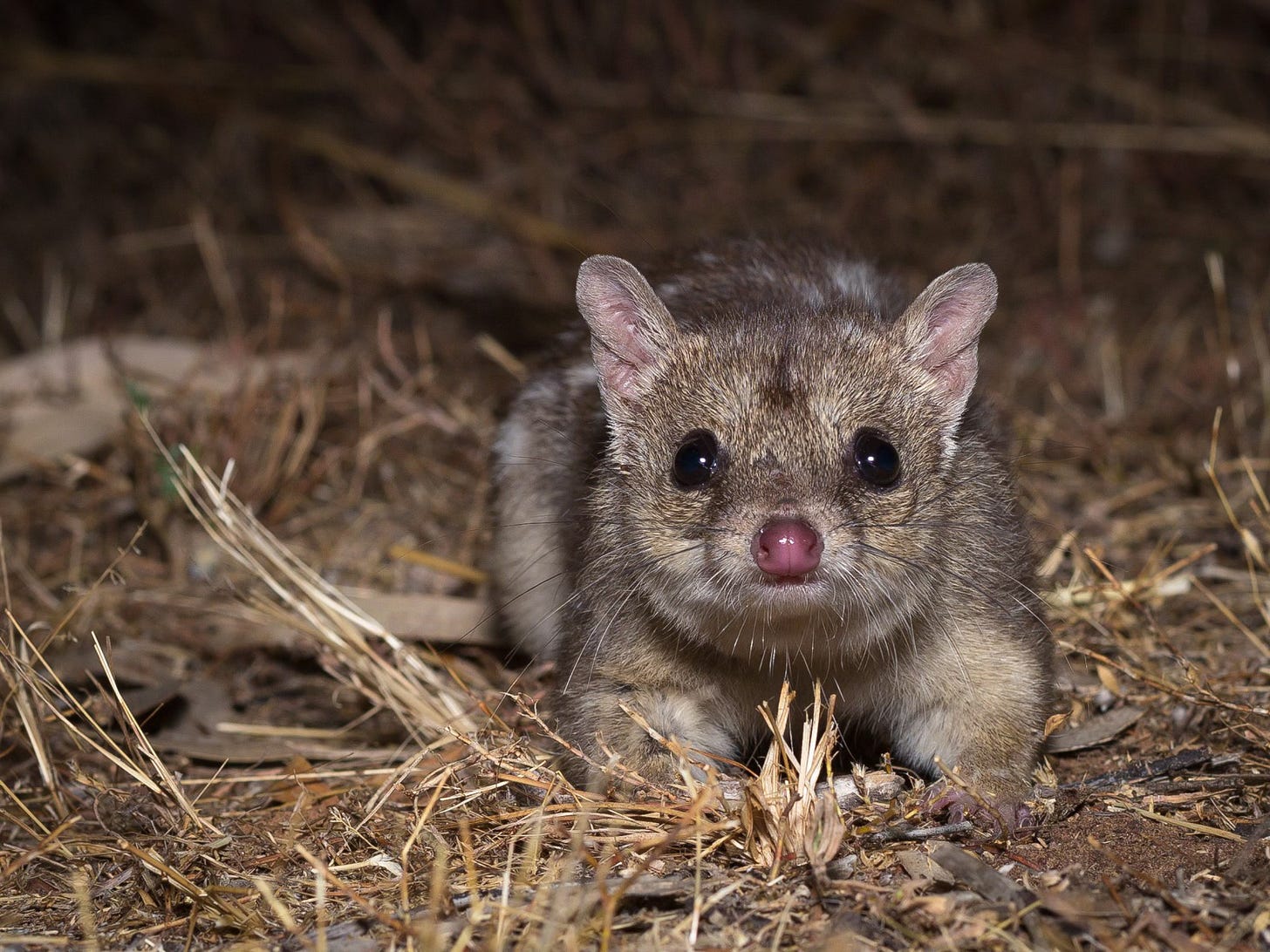
The relocation was a stunning success—at first. The population thrived, growing from a handful of founders to a stable breeding colony. Mission accomplished, right? Fast forward thirteen years, and researchers decided to test how the island quolls would respond if they ever needed to return to the mainland. They exposed both island and mainland quolls to the scents of their primary predators: dingo and cat urine.
The results showed they had a big problem. While 94% of mainland quolls showed immediate, strong avoidance behaviors—backing away, becoming vigilant, refusing to feed—the island quolls showed absolutely no response. Zero. Not a single animal displayed any recognition that these scents represented mortal danger. They had evolved beyond fear.
This isn't just a quoll problem, or even an Australian problem. Similar patterns are emerging from conservation programs worldwide, and new research published in Biological Conservation suggests we've been missing a crucial piece of the puzzle. It turns out there's a deep biological trade-off between being alert to danger and being good at making babies. The animals that survive longest in the wild often aren't the ones that reproduce most successfully in safety.
The mechanism is elegant and depressing in equal measure. Decades of research on domestic animals—from sheep farms in Australia to fox breeding experiments in Russia—has revealed that anxious, fearful temperaments are genetically linked to reduced fertility. Nervous sheep produce fewer lambs. Calm, docile animals consistently outbreed their anxious counterparts. The biological response that keeps animals vigilant and alive in dangerous environments are the same ones that suppress reproductive hormones.
In the wild, this trade-off makes perfect sense. Better to have fewer offspring and keep them alive than to breed prolifically only to watch your young get eaten. But remove the predators, and natural selection rapidly tilts toward the calm, fertile animals. Draw that out a few generations, and the population is dominated by individuals with no innate understanding of danger.
The Western Australia woylies tell this story in heartbreaking detail. These brush-tailed bettongs were once abundant across southern Australia until feral predators drove them to near extinction. Predator-proof fences saved them from immediate extermination, creating havens where populations could recover safely.'
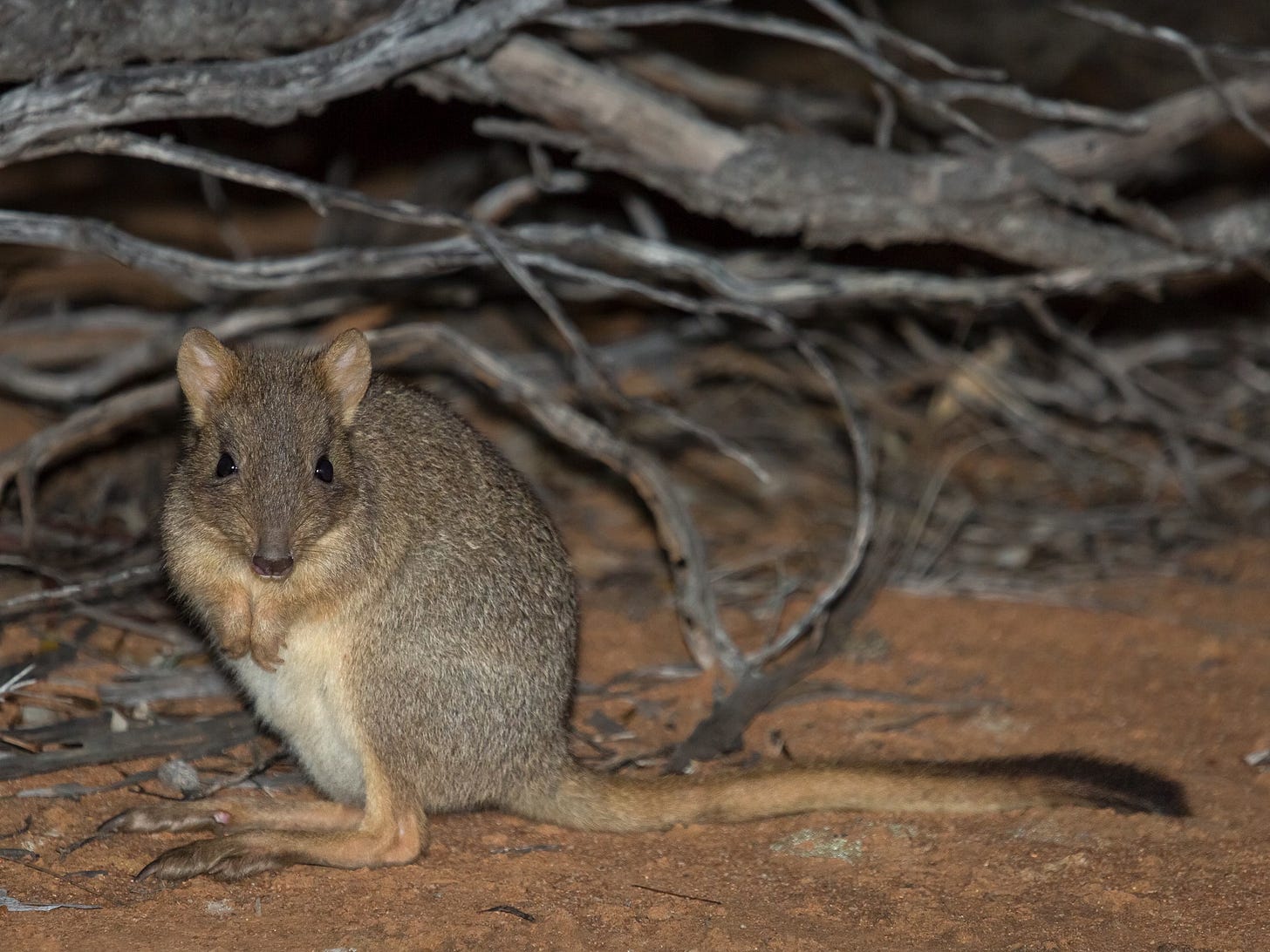
But something unexpected happened inside those fences. Over just four generations, the protected woylies became noticeably smaller, with shorter feet and legs—the very adaptations that help them escape predators. They grew less aggressive when handled, less likely to struggle or bite. Most troubling of all, they lost their instinctive fear of predator scents. They had traded their survival edge for reproductive success, and in a predator-free world, evolution rewarded that trade.
Captive breeding programs worldwide are grappling with similar challenges. Research on 93 exotic bird species found that first-generation captive-bred birds lost 84% of their anti-predator responses compared to their wild-caught parents. Hawaiian crow reintroduction efforts repeatedly failed as captive-bred birds fell victim to native hawks they never learned to fear. Even Tasmanian devils bred on predator-free Maria Island show increased vulnerability to vehicle strikes after release—they simply don't recognize cars as threats worth avoiding.
Yet this research isn't just delivering bad news. It's inspiring some wildly creative solutions. In Saudi Arabia, conservationists training houbara bustards for release now expose captive birds to live foxes restrained on leashes, teaching them that certain shapes and movements mean danger. The results speak for themselves: birds that received anti-predator training showed 44% mortality rates compared to 67% among untrained controls.
Australia's Arid Recovery Reserve has taken an even more radical approach with bilby conservation. (Quolls, woolies and biblys… this is a very Australian-sounding newsletter.) Rather than eliminating all predators, they maintain small populations of feral cats within their large enclosures. The cats can't drive the bilby population extinct, but they provide constant, mild selection pressure that keeps the prey animals sharp. Early results suggest this controlled predation maintains natural behaviors while allowing population recovery.
The broader lesson is forcing conservationists to rethink some fundamental assumptions. Perfect safety, it turns out, can be even more dangerous in the long term. The anxiety that helps animals survive in the wild becomes an evolutionary luxury they can't afford in safety. Every generation spent in paradise pushes a species further from its wild roots.
This doesn't mean we should abandon predator-proof sanctuaries or captive breeding programs. These tools have prevented countless extinctions and remain essential for crisis intervention. But the research suggests we need to be smarter about how we use them. Some programs are experimenting with cycling animals between safe and semi-wild environments. Others are using selective breeding to maintain nervous, predator-wary bloodlines specifically for reintroduction while allowing calmer animals to serve as insurance populations.
The Northern quolls on Astell Island highlight both the promise and peril of modern conservation. That population is thriving—growing, breeding, occupying their niche exactly as conservationists hoped. But they're also evolutionary prisoners of their own success, locked into a fearless existence that would spell doom if predators ever reached their sanctuary.
It's a reminder that saving species isn't just about keeping them alive today. It's about preserving their capacity to stay alive tomorrow, in a world that will always be more dangerous than any sanctuary we can build.
Quick links! 🔗
Meet the world's most widespread wildcat that almost nobody studies. The Afro-Asiatic wildcat ranges across most of Africa, Southwest Asia, India, China and Mongolia—yet only one scientist has ever conducted a long-term study of these elusive ancestors of our house cats. Researcher Marna Herbst spent four years and countless 10-12 hour nights tracking radio-collared cats across South Africa's harsh Kalahari Desert, dodging hyenas and equipment failures in a beat-up 4x4. Her work revealed remarkably adaptable hunters that can take down spring hares their own size and specialize in different prey depending on their territory. But here's the twist: new DNA analysis has completely overturned previous theories about how these wildcats became our domestic companions, suggesting cat domestication happened thousands of years later than scientists thought. Today, the biggest threat to these wild survivors isn't habitat loss—it's interbreeding with the very house cats they helped create.
I’ve mentioned this nest before, and now there’s an update — California's most famous bald eagle family hit a major milestone this week when one of Jackie and Shadow's eaglets took her first flight from their Big Bear nest. Sunny made her debut at 10:46 a.m. Monday, leaping from a branch and flapping away while thousands of viewers watched via the live eagle cam that's become "one of the coziest corners of the internet." Her sister Gizmo remains in the nest, developing at her own pace—a reminder that even among siblings, every eagle's timeline is different. At nearly 13 weeks old, both eaglets are right on schedule for fledging season, having spent days practicing wing-flapping and branch-hopping in preparation for this moment. The sisters will likely stick around the area for another 1-3 months, popping in and out of the nest as they build confidence, before eventually striking out on their own by fall.




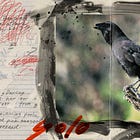
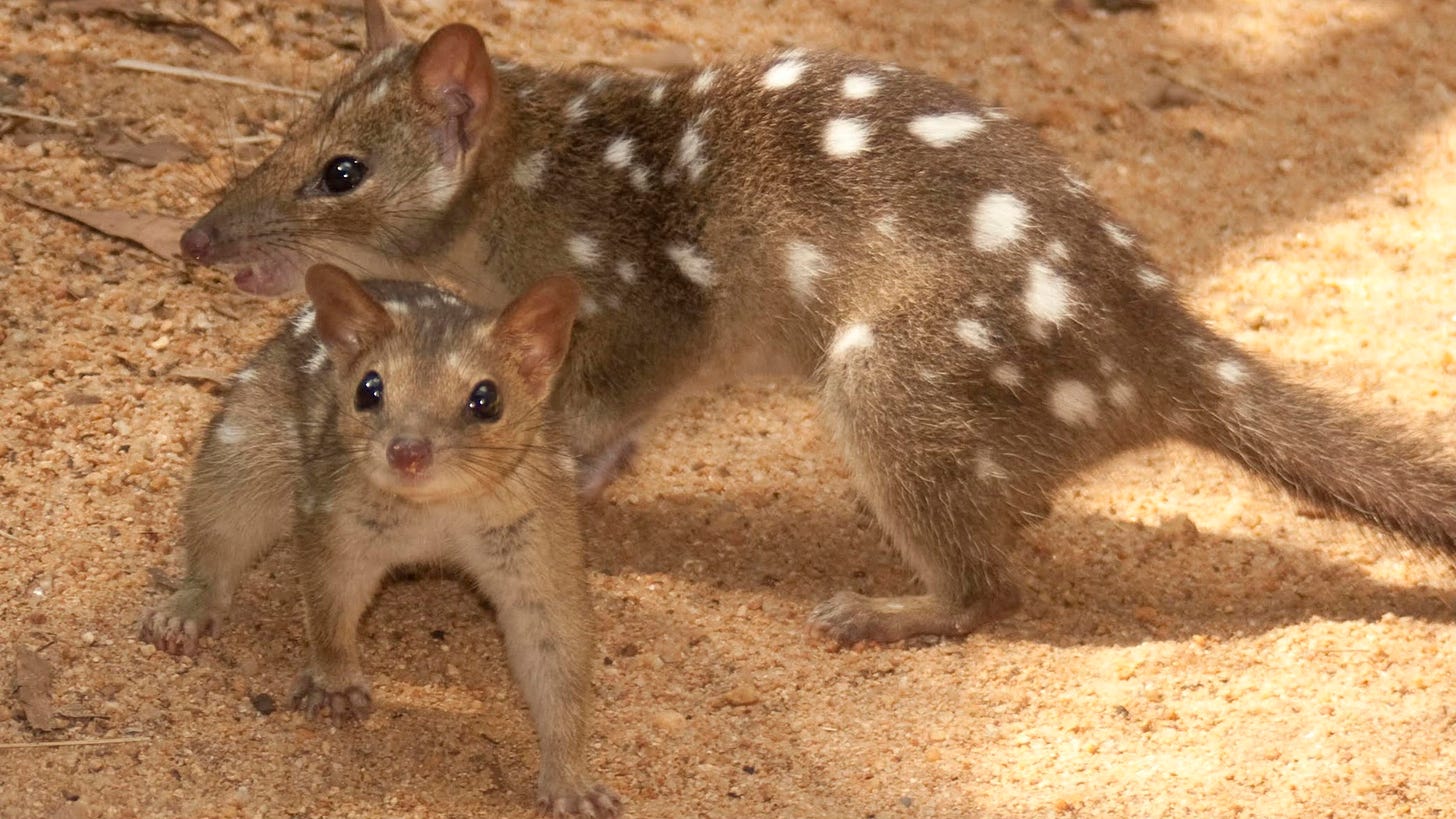
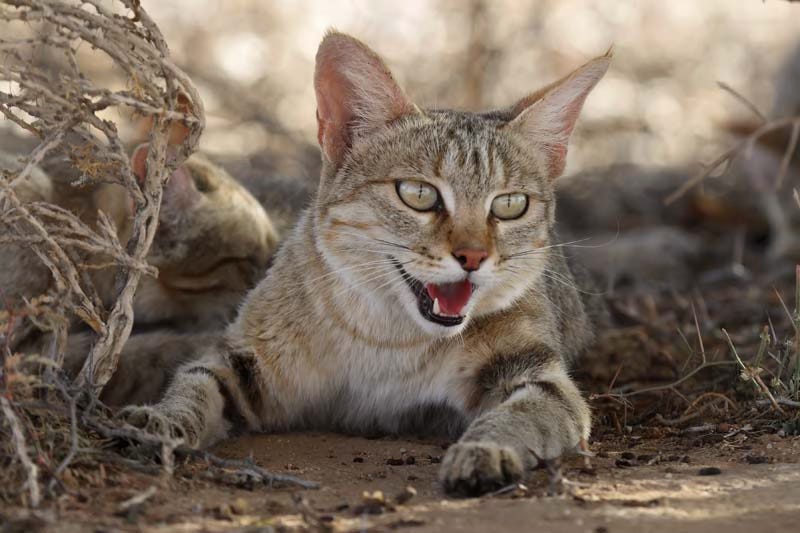

This was so interesting!